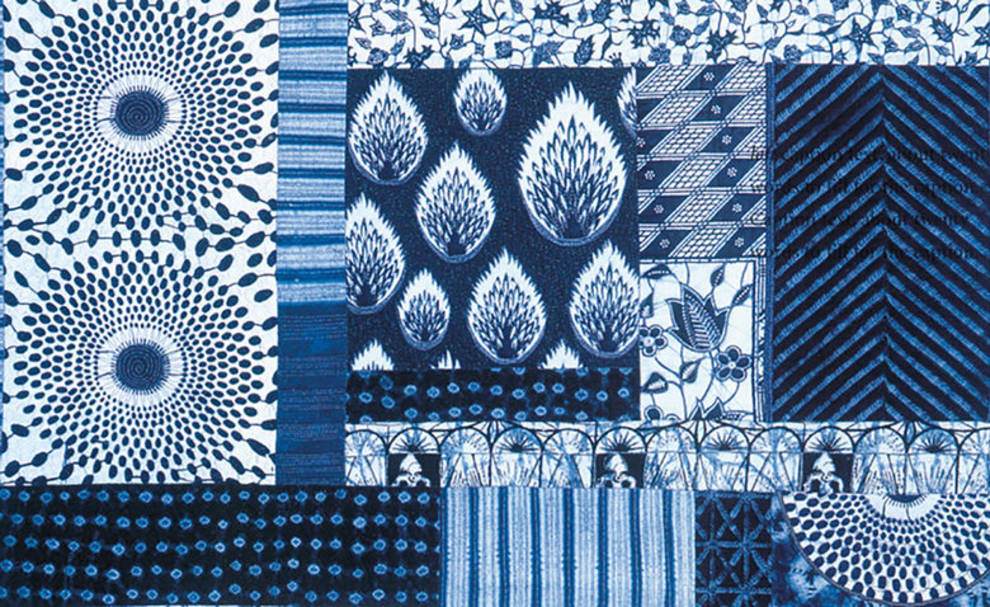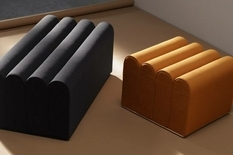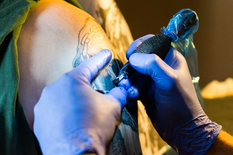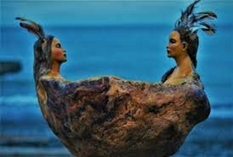
Designers talked about the technique of dyeing shibori fabrics
Fashion trends in Japanese Shibori art once again attract attention. Shibori (Shibori) - a Japanese manual technology for dyeing fabrics, in the process of which interesting patterns are obtained.
The main dye for creating shibori is indigo, which was used until the 20th century. Today sibori is gaining popularity in Western countries. In Japan, the earliest known example of shibori-dyed fabric dates from the 8th century; he is one of the items donated by Emperor Shomu Todai-ji in Nara.
Until the 20th century, not many fabrics and dyes were widely used in Japan. The main fabrics were silk and hemp, and then cotton, dye indigo and, to a lesser extent, madder and purple root. Sibori and other textile arts, such as tsutsugaki, have been applied to all of these fabrics and dyes.
There are an infinite number of ways to bind, stitch, bend, twist or compress shibori fabric, and each of these methods leads to completely different patterns. Each method is used to achieve a specific result, but each method is also used to work according to the type of fabric used.
Therefore, the technique used in shibori depends not only on the desired pattern, but also on the characteristics of the fabric being dyed. In addition, various methods can be used in combination with each other to achieve even more complex results.
The shibori technique is not complicated, so it was loved by those who like to create intricate patterns on fabric in indigo color. The fabric is used for different purposes - for home decor, clothing, souvenirs. Shibori textile and upholstery has become a trend this year.
The main dye for creating shibori is indigo, which was used until the 20th century. Today sibori is gaining popularity in Western countries. In Japan, the earliest known example of shibori-dyed fabric dates from the 8th century; he is one of the items donated by Emperor Shomu Todai-ji in Nara.
Until the 20th century, not many fabrics and dyes were widely used in Japan. The main fabrics were silk and hemp, and then cotton, dye indigo and, to a lesser extent, madder and purple root. Sibori and other textile arts, such as tsutsugaki, have been applied to all of these fabrics and dyes.
There are an infinite number of ways to bind, stitch, bend, twist or compress shibori fabric, and each of these methods leads to completely different patterns. Each method is used to achieve a specific result, but each method is also used to work according to the type of fabric used.
Therefore, the technique used in shibori depends not only on the desired pattern, but also on the characteristics of the fabric being dyed. In addition, various methods can be used in combination with each other to achieve even more complex results.
The shibori technique is not complicated, so it was loved by those who like to create intricate patterns on fabric in indigo color. The fabric is used for different purposes - for home decor, clothing, souvenirs. Shibori textile and upholstery has become a trend this year.


